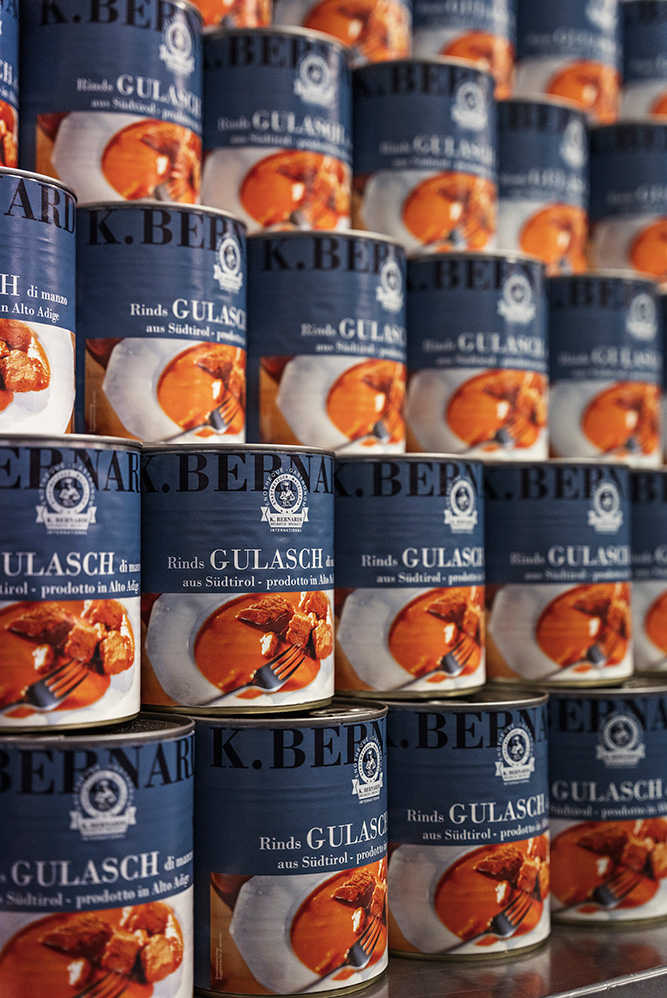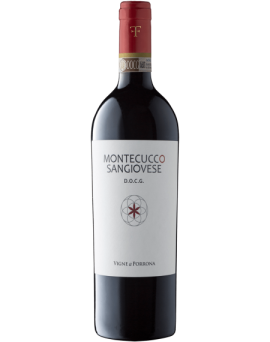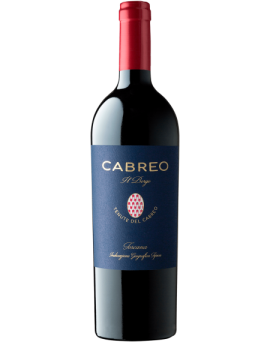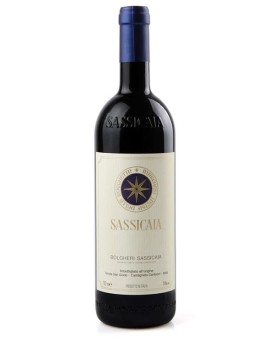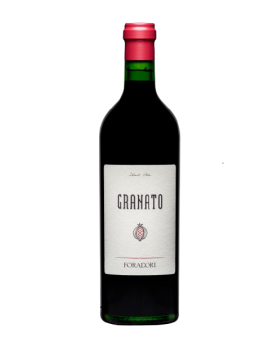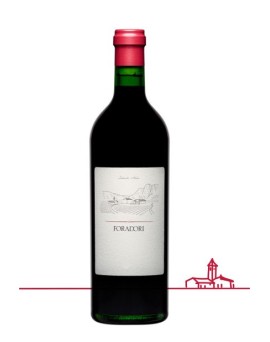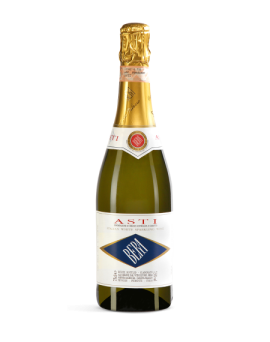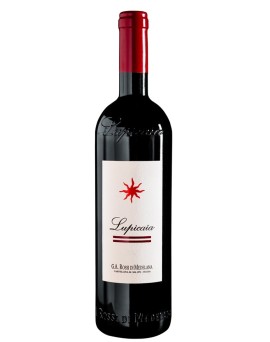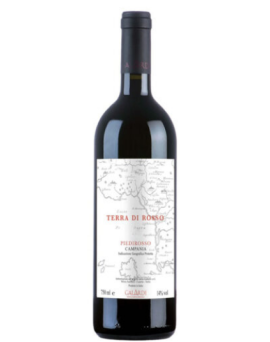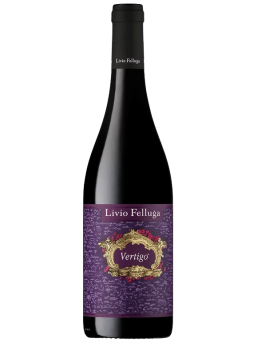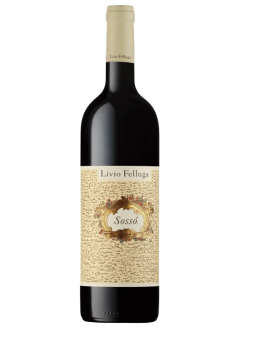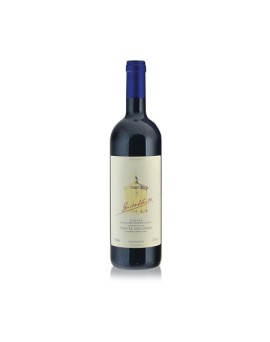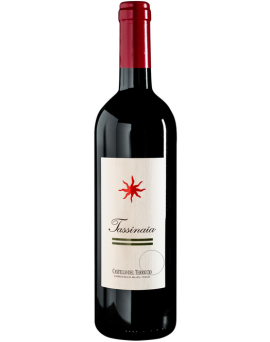Montecucco Sangiovese 750ml...
The Wine<br /><br />A Sangiovese from the Tuscan Maremma within the Montecucco DOCG appellation and aged in French toasted oak barrels. A complex and firmly structured wine thanks to<br />the good pedo-climatic features of Vigne a Porrona that lies on the gentle hills on the slopes of Mount Amiata a few kilometres from the Tyrrhenian Sea.<br />Tasting: The 2019 vintage stands out for its aromas of macerated mixed spring flowers, dried cherry, bark, espresso, ash and spice woody notes. Medium to full-bodied with<br />firm tannins. Mouthfeel sensations of great freshness and pleasantness of taste. Full-flavoured on the finish.<br />Pairing: Villa di Nozzole suggest pairing it with ravioli filled with wild boar and cinnamon and roast and parmesan sauce.<br />First vintage: 2008<br /><br /><br />The Field<br /><br />Production Area: made from grapes grown in the vineyards of Tenuta di Vigne in Porrona in the municipality of Cinigiano, province of Grosseto, 2 km south/east of<br />Montalcino<br />Altitude: 350 MSL<br /><br /><br />The Grapes<br /><br />Grape variety: Sangiovese<br />Planting pattern: 5,500 - 6,000 plants per hectare<br />Production per hectare: on average 7 tons of grapes<br />Grape yield: about 70%<br /><br /><br />In the winery<br /><br />Vinification: fermentation with maceration on the skins for about 25 days in stainless steel vats at a controlled temperature<br />Aging:in 500-litres tonneaux<br />
Price
€15.80

